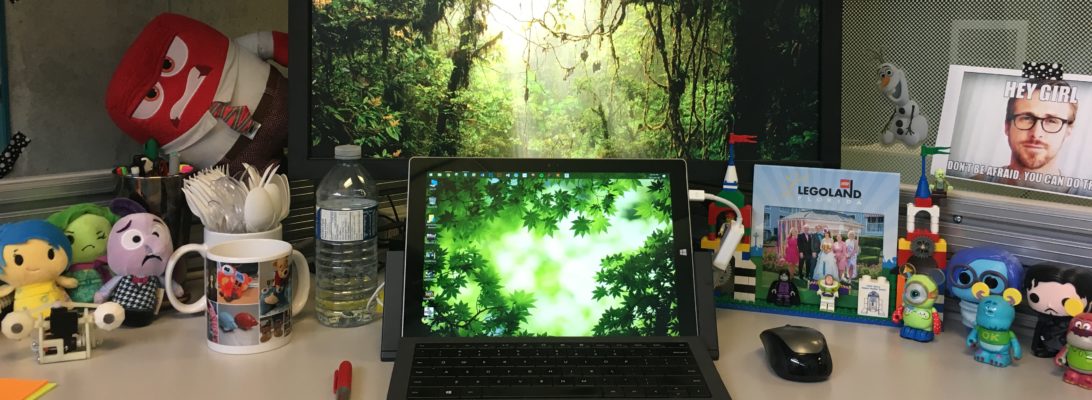Yippee! Last week, I was honored to have my thesis accepted by, and successfully defended in front of my examining committee (consisting of the wonderful and fabulous,
Dr. Walter F. Bischof,
Dr. Pierre Boulanger,
Dr. Brian Maraj,
Dr. Paul Dietz, and
Dr. Ken Hinckley). My defense ended up being a lot of fun, with many jokes and lots of laughter!
As my thesis won’t be released until November/December, I wanted to post my (very wordy) abstract below in the mean time. I’m super excited to be finished my PhD and am eagerly looking forward to my post-U of A days!
 |
| Done and Printed! |
Dissertation Abstract:
Although pens and paper are pervasive in the analog world, their digital counterparts, styli and tablets, have yet to achieve the same adoption or frequency of use. Digital styli should provide a natural, intuitive method to take notes, annotate, and sketch, but have yet to reach their full potential. There has been surprisingly little research focused on understanding why inking experiences differ so vastly between analog and digital media and amongst various styli themselves. To enrich our knowledge on the stylus experience, this thesis contributes a foundational understanding of the factors implicated in the varied experiences found within the stylus ecosystem today.
The thesis first reports on an exploratory study utilizing traditional pen and paper and tablets and styli that observed quantitative and behavioural data, in addition to preferential opinions, to understand current inking experiences. The exploration uncovered the significant impact latency, unintended touch, and stylus accuracy have on the user experience, whilst also determining the increasing importance of stylus and device aesthetics and stroke beautification. The observed behavioural adaptations and quantitative measurements dictated the direction of the research presented herein.
A systematic approach was then taken to gather a deeper understanding of device latency and stylus accuracy. A series of experiments garnered insight into latency and accuracy, examining the underlying elements that result in the lackluster experiences found today. The results underscored the importance of visual feedback, user expectations, and perceptual limitations on user performance and satisfaction. The proposed Latency Perception Model has provided a cohesive understanding of touch- and pen-based latency perception, and a solid foundation upon which future explorations of latency can occur.
The thesis also presents an in-depth exploration of unintended touch. The data collection and analysis underscored the importance of stylus information and the use of additional data sources for solving unintended touch. The behavioral observations reemphasized the importance of designing devices and interfaces that support natural, fluid interaction and suggested hardware and software advancements necessary in the future. The commentary on the interaction – rejection dichotomy should be of great value to developers of unintended touch solutions along with designers of next-generation interaction techniques and styli.
The thesis then concludes with a commentary on the areas of the stylus ecosystem that would benefit from increased attention and focus in the years to come and future technological advancements that could present interesting challenges in the future.






